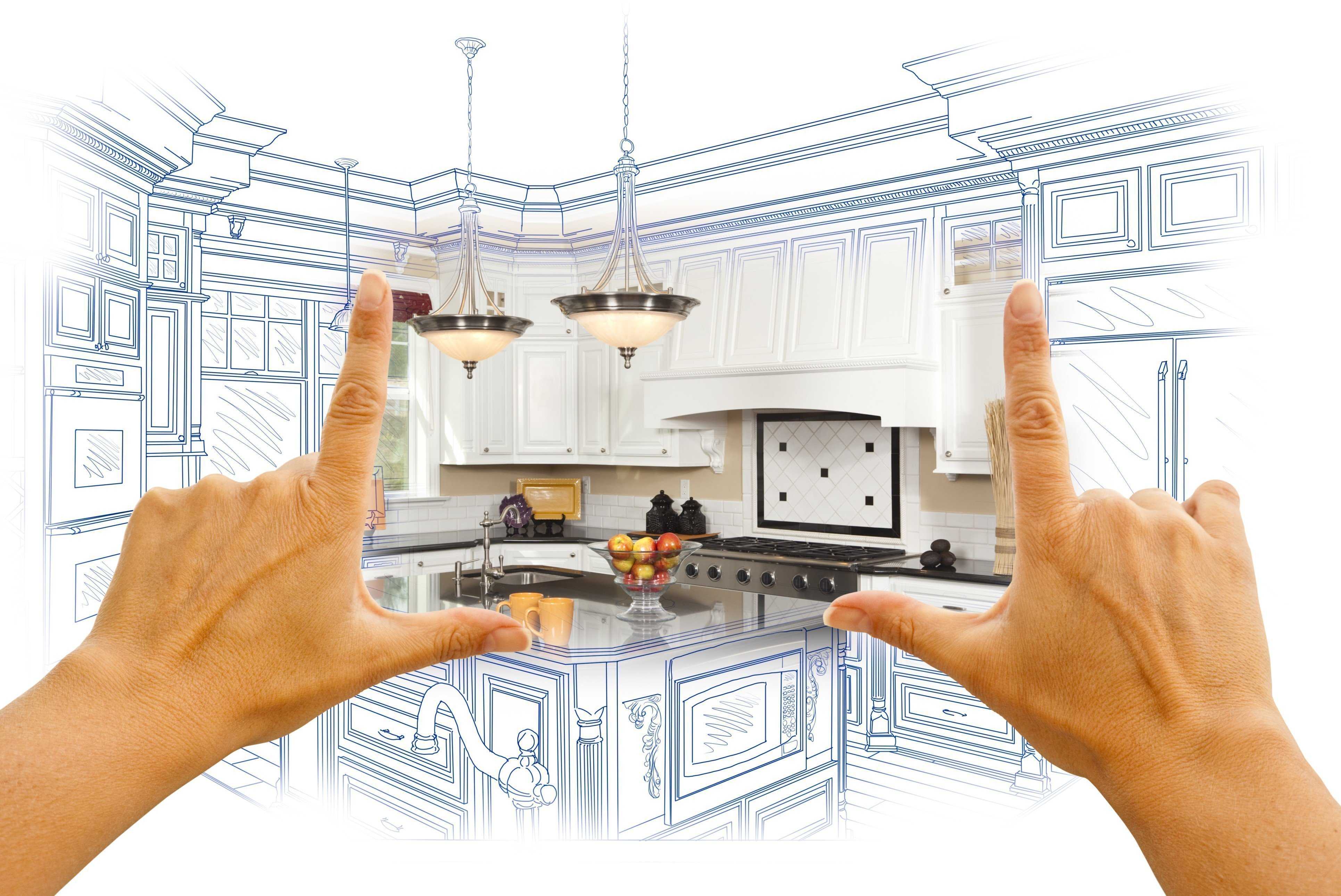BY: JAY BRIJPAUL
Doing renovations, for many, is like marriage, honeymoon and then divorce. Most of the problems are caused because there is no contract in place. Usually, the contractor will come over, give an estimate and collect a deposit, and the home renovations begin. The best way is to plan, knowing what you are expecting to achieve. If you are upgrading the kitchen, for example, you should know what kind of cupboards, countertop, backsplash, range hood, and floor you will need. For major renovations, such as finishing a basement or re-modeling, it is smart to consult an architect. I re-modeled my kitchen and realized after that the cupboards for pots and pans were too small, but by then it was too late to change anything. If it is a major renovation, check with the city for their bylaws.
The city inspectors are very knowledgeable and are there to ensure that the job is done according to building codes. They are like the police for contractors. I learned the hard way when I hired a contractor to install pot lights in my home. After the job was finished, I insisted on having the Electrical Safety Authority inspect it. It turned out that most of the work was done wrong. I engaged another electrician to clean up the mess at my expense. Had I applied for the permit in the first place, the safety authority would have overseen the project.
Error, group does not exist! Check your syntax! (ID: “2”)
The next step is to look at the financial framework. If you are renovating the bathroom, what is your budget? What will it cost you for porcelain tiles and quartz countertop, for example, instead of regular ceramic tiles and laminated counters? It is best for you to choose your own materials and pay for labor separately. If the cost includes materials, contractors may settle for cheaper products. Always over-budget the project by 10% to 15%. At this point, you should know the cost of your renovations and have your financing in place. Before you proceed, interview many contractors.
Contractors can share re-modeling ideas from different work sites. Ask contractors for written quotes and the time frame to complete the work. Some contractors will complete one job at a time while others may work on various job sites at the same time. Choose one that will work on your project full time. Check their references and visit a few of their previous projects. If possible, chat with the homeowners. Once you choose a contractor, ask for a detailed contract that includes the scope of the work, start and finish date and the cost. Ask for a copy of the contractor’s Workers Compensation Insurance. Discuss the terms of payment ahead of time. Start with a partial payment up front and pay as the job progresses. If the contractor insists on getting paid up front, then that’s a red flag. Now it’s time to prepare for the project.
Renovating is a dusty, dirty job. First, the demolition project and then the re-modeling job. Put away valuables because strangers will have access to your home. Remove pictures from the walls and cover your furniture. If it is a large project, consider moving the furniture to storage. Cover the floor with cardboard sheets to protect it. If it is summer, turn off the AC and cover the vents, otherwise change the furnace filter frequently. If it is a condo, then contact management before you start because they may have certain restrictions. Visit the work site and if you are not happy about something point it out in a nice manner.
Avoid the temptation on overspending. Renovating the kitchen may cause the living room to look less attractive and then the washroom and soon you are over your budget. When the honeymoon is over, it’s time to pay the bills. Choose renovations that will enhance the value of your home and be realistic. Follow these steps and you will have a perfect marriage where everyone lives happily ever after.

